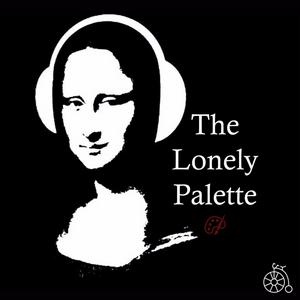In Plain Sight - Ep. 1: "Look Longer"
"There are different levels of looking. And it's exciting to bring people to the different levels." - Estelle Quain, docent, National Gallery of ArtHow do YOU feel when you walk into an art museum? Is it familiar? Intimidating? Do you have a guard trying to shush you, or an overly-enthusiastic friend trying to tell you what to like? Are you joyful? Are you sad? Are you… bored?You’re not alone. Whether it’s your first time in an art museum or your 10,000th, everyone’s going to respond differently. That’s why we made this podcast.In June of 2024, I was honored to be the Storyteller-in-Residence at the National Gallery of Art in Washington, DC. I spent a week in the museum talking to and recording as many people as I could: curators, museum staff, visitors. We talked about what brought them to the museum, and what keeps them there. We talked about what makes the museum experience transcendent, and, bluntly, what can get in the way of that - what stands in the way of connecting with an artwork, what makes them feel like they never learned the secret knock to access this world. After all, in order to make a space inviting, you have to understand why some people can feel left out.In this three-part series, a collaboration between the National Gallery of Art and The Lonely Palette, we’re going to explore the idea of what it means to open yourself up to an art museum, one artwork, or conversation, at a time. And how the tools to do this have been here for you all along, literally in plain sight, just waiting for you.Today, in the first episode of our series, I talked to various museum staff about preconceived notions of art that visitors bring with them to the museum. We discussed how their jobs are to meet visitors where they’re at, and to encourage them to go further. To look longer.Learn more.See the images.Music Used:The Blue Dot Sessions, “Brer Rhetta,” “Greylock,” “Alustrat,” Vela Vela,” “Caprese,” “Setting Pace,” “Our Fingers Cold” Hosted by Simplecast, an AdsWizz company. See pcm.adswizz.com for information about our collection and use of personal data for advertising.


